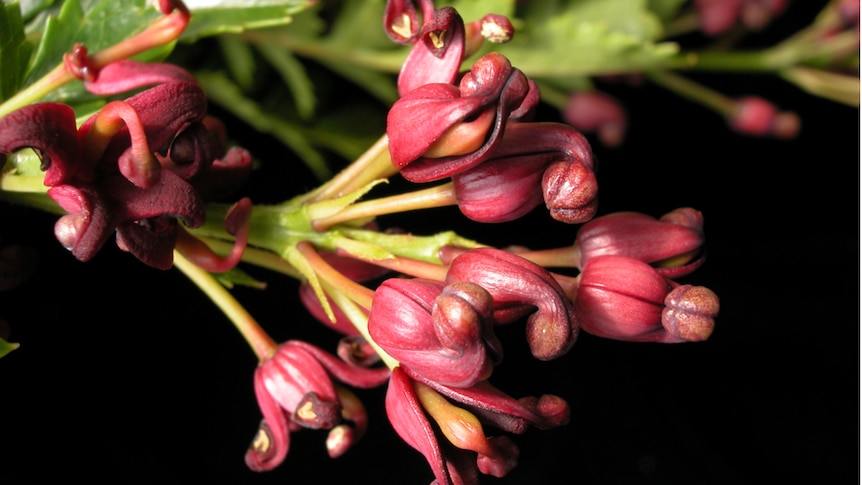- cross-posted to:
- environment@aussie.zone
- cross-posted to:
- environment@aussie.zone
Today, its wild population is limited to just a 1.2 kilometre square and it may be among the world’s oldest clonal plants - having grown from a single seed, genetically cloned many times over through the millennia.
The “Mysterious plant” had first come to scientific attention when tin miner, environmentalist, bushman, and artist Charles Denison “Deny” King found a patch in 1934.
Mr King, who lived with his family in Tasmania’s remote south west for 55 years, gave Dr Balmer directions to the one existing population of the plant.
Genetic research has since uncovered ancient clonal plants over large areas, such as a seagrass in the Mediterranean thought to be more than 200,000 years old - but this was a new idea at the time.
No-one knows what the plant that produced the founding seed was, although Lomatia tasmanica is in the same family as the waratah, grevillea, macadamia, and protea.


